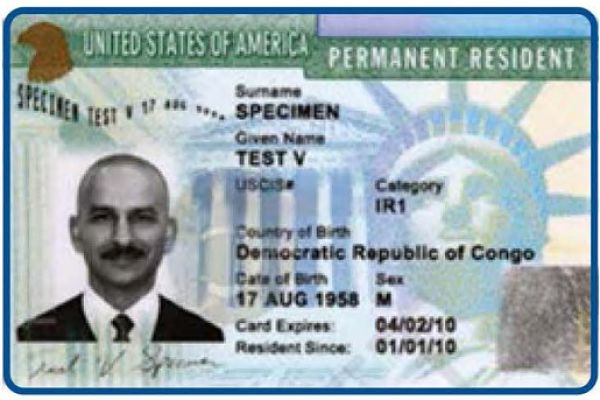The Trump Administration’s Last Best Chance to Slash Legal Migration

Donald Kerwin is the executive director of the Center for Migration Studies.
The government shut-down and the upcoming congressional negotiations on the border wall have obscured one of the administration’s most troubling immigration objectives – to slash legal immigration and divest millions of status. Moreover, the administration is poised to realize this objective through federal rulemaking. So far, the administration has supported legislation that would reduce legal migration by 40 percent. It has also sought to terminate Temporary Protected Status (TPS) for 95 percent of its 325,000 beneficiaries and to rescind the Deferred Action for Childhood Arrivals, or DACA, program, which covers 700,000 persons brought to the United States as children. And it has succeeded in cutting refugee admissions to historic lows at a time of historically large numbers of refugees. Yet its last best chance to eviscerate the US legal immigration system, with a Democrat-controlled House, has received less attention.
On December 10th, the period for public comment closed on a proposed Department of Homeland Security rule that would change the standard for determining non-citizens likely to become a “public charge.” These non-citizens would be denied admission as permanent residents, adjustment to lawful permanent resident (LPR) status in the United States, and the ability to change or extend temporary status. Able-bodied immigrants have never been denied admission or adjustment at high rates based on public charge concerns. In that way, the proposed rule represents a sharp break from history: it would alter the public charge standard from one of likely dependency on government benefits — as evidenced by the need for public cash assistance or institutionalization at the government’s expense – to lack of “self-sufficiency,” as demonstrated by the need for non-cash benefits, like Food Stamps, non-emergency Medicaid, or Section 8 housing. The rule sets forth a “totality of the circumstances” test, which is heavily weighed against working class immigrants. The Migration Policy Institute estimates that 47 percent of noncitizens use benefits that would be counted against them in this calculation.
Many reports have criticized the rule for its chilling effect on the use of essential public programs by immigrants and members of their households, including eligible US citizens and LPRs. My agency, the Center for Migration Studies, has analyzed the rule’s potential effect on “intending immigrants”; i.e., those who would otherwise qualify for admission or adjustment to permanent residence based on a close family relationship to a US citizen or LPR. Our study reveals that the rule would deny admission and adjustment to large numbers of working class persons who contribute substantially to the US economy, who have US citizen and LPR family members, and who are and would likely remain self-sufficient. In particular, we found that:
- ·The proposed rule would directly affect 2.25 million (mostly) undocumented persons who live with a US citizen or LPR family member who can petition for a family-based visa for them.
- Those directly affected by the rule live with 5.32 million persons who would be indirectly impacted because the rule would create a disincentive to their use of public benefits and would constitute a barrier to permanent status for their family members.
- These figures substantially understate the numbers of affected persons because they exclude the millions residing abroad who are waiting for a visa to become current and the countless persons whose immigration prospects and access to public services would be negatively affected in the future.
Many of the factors that favor a finding of inadmissibility under the rule — like low income and low levels of education — typically do not lead to dependency on the government or loss of self-sufficiency. Our research on the undocumented, for example, reveals a population that works at high rates and has long and deep ties to the country. Rather than a fair test of self-sufficiency, the rule would constitute a significant barrier to it and a path to poverty for many immigrant families.
It is also redundant: petitioners/sponsors of family-based visas must already commit to maintaining their intending immigrant family members at 125 percent of the federal poverty guidelines. If the sponsored immigrant does, in fact, use a “means-tested” public benefit, the federal government, state, or political subdivision can bring a legal action against the sponsor to recoup the cost.
In its 2015 report on immigrant integration, the National Academies of Sciences recalled the European immigrants who arrived in the early 20th century with little education and high levels of illiteracy, and whose children entered the labor market during the Great Depression. Yet, this generation of immigrants and their descendants successfully integrated into US society. While today’s immigrants face different challenges, they share the same commitment to work, family and the American dream. They have not come for a hand-out. Most have already become contributing members of US society. The administration should support their integration, not deny them status in a back-handed attempt to cut legal immigration. The Department of Homeland Security should withdraw the proposed rule.


























































































